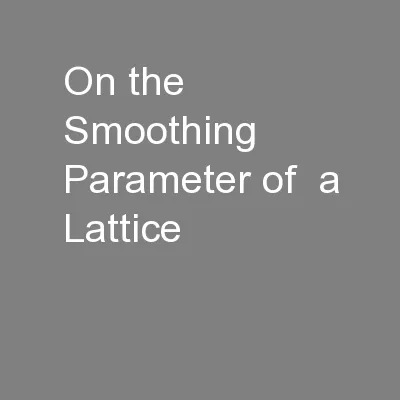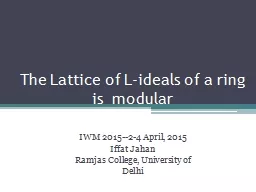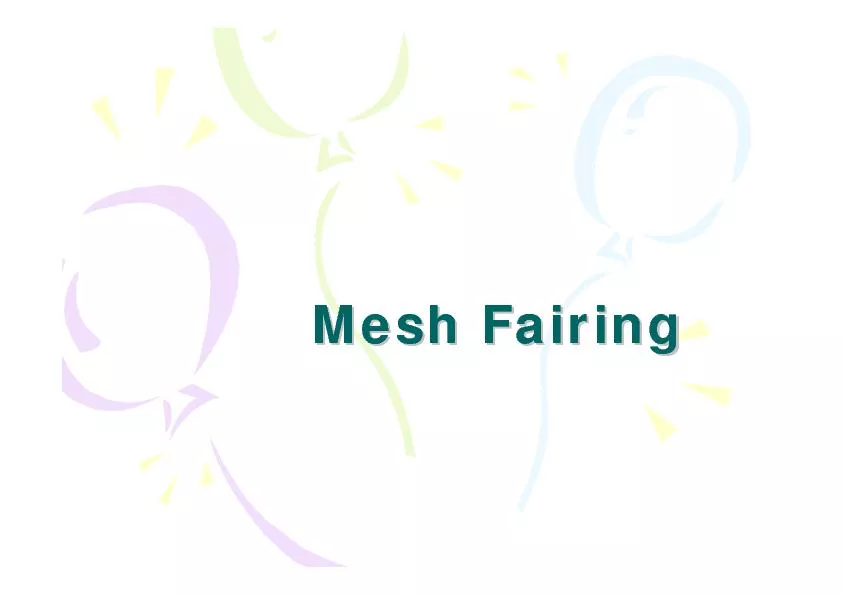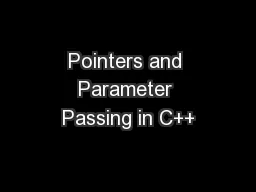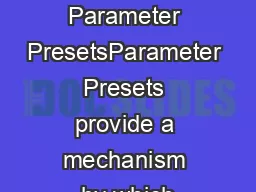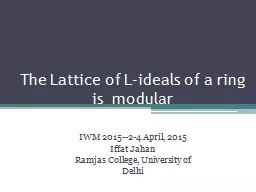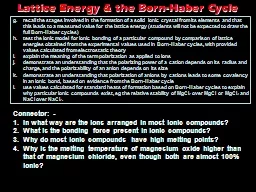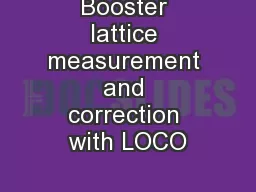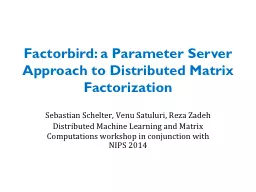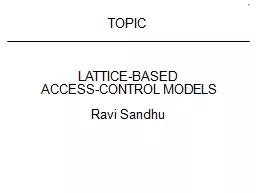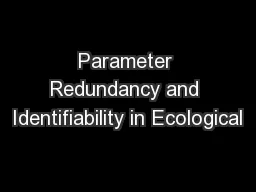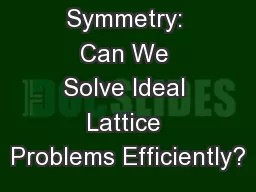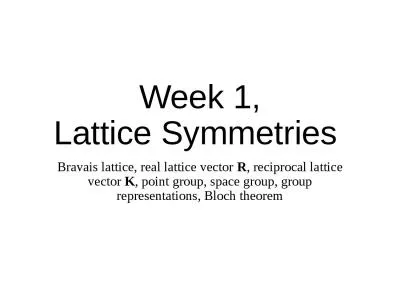PPT-On the Smoothing Parameter of a Lattice
Author : trish-goza | Published Date : 2016-05-21
Daniel Dadush Centrum Wiskunde amp Informatica CWI Joint work with KM Chung FH Liu and C Peikert Outline Lattice Parameters Hard Lattice Problems Worst Case
Presentation Embed Code
Download Presentation
Download Presentation The PPT/PDF document "On the Smoothing Parameter of a Lattice" is the property of its rightful owner. Permission is granted to download and print the materials on this website for personal, non-commercial use only, and to display it on your personal computer provided you do not modify the materials and that you retain all copyright notices contained in the materials. By downloading content from our website, you accept the terms of this agreement.
On the Smoothing Parameter of a Lattice: Transcript
Download Rules Of Document
"On the Smoothing Parameter of a Lattice"The content belongs to its owner. You may download and print it for personal use, without modification, and keep all copyright notices. By downloading, you agree to these terms.
Related Documents

